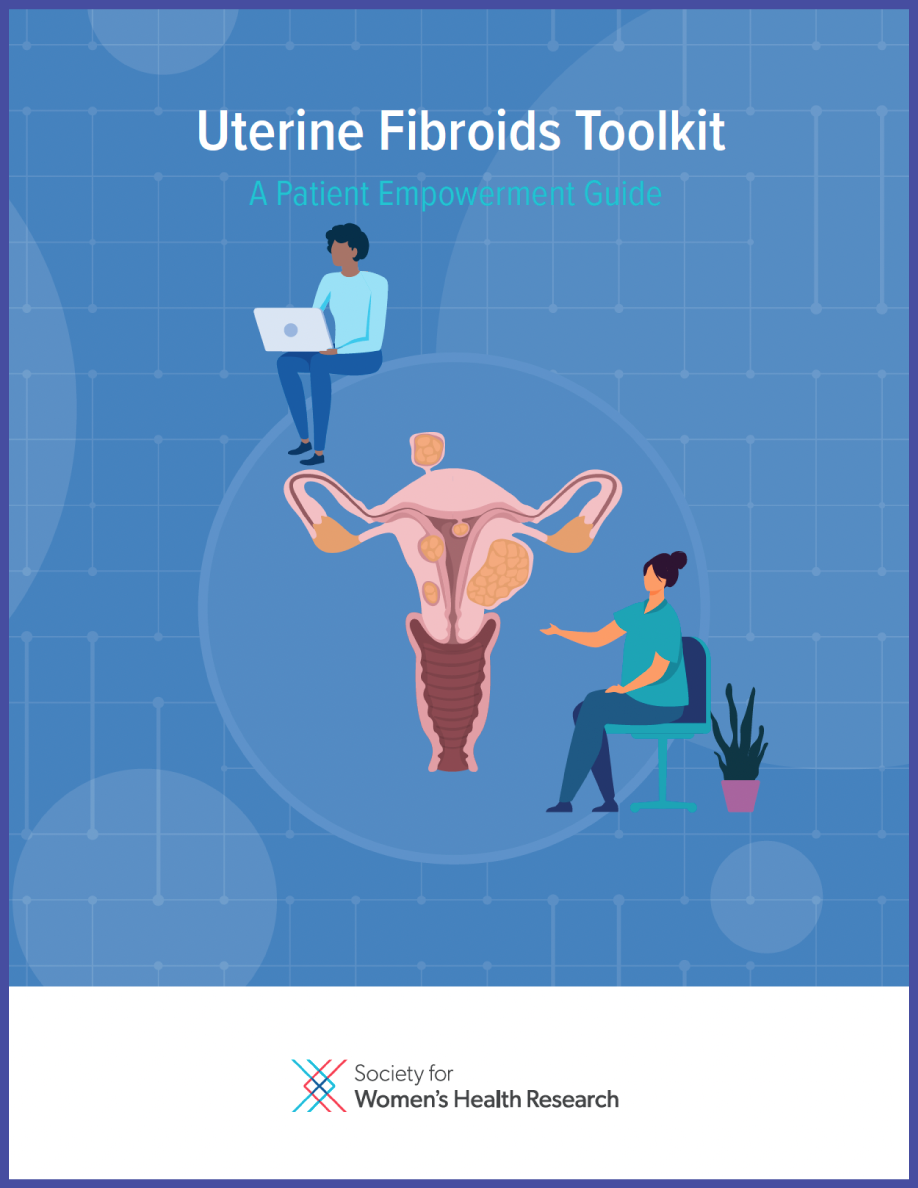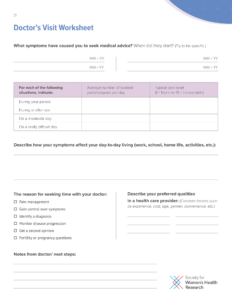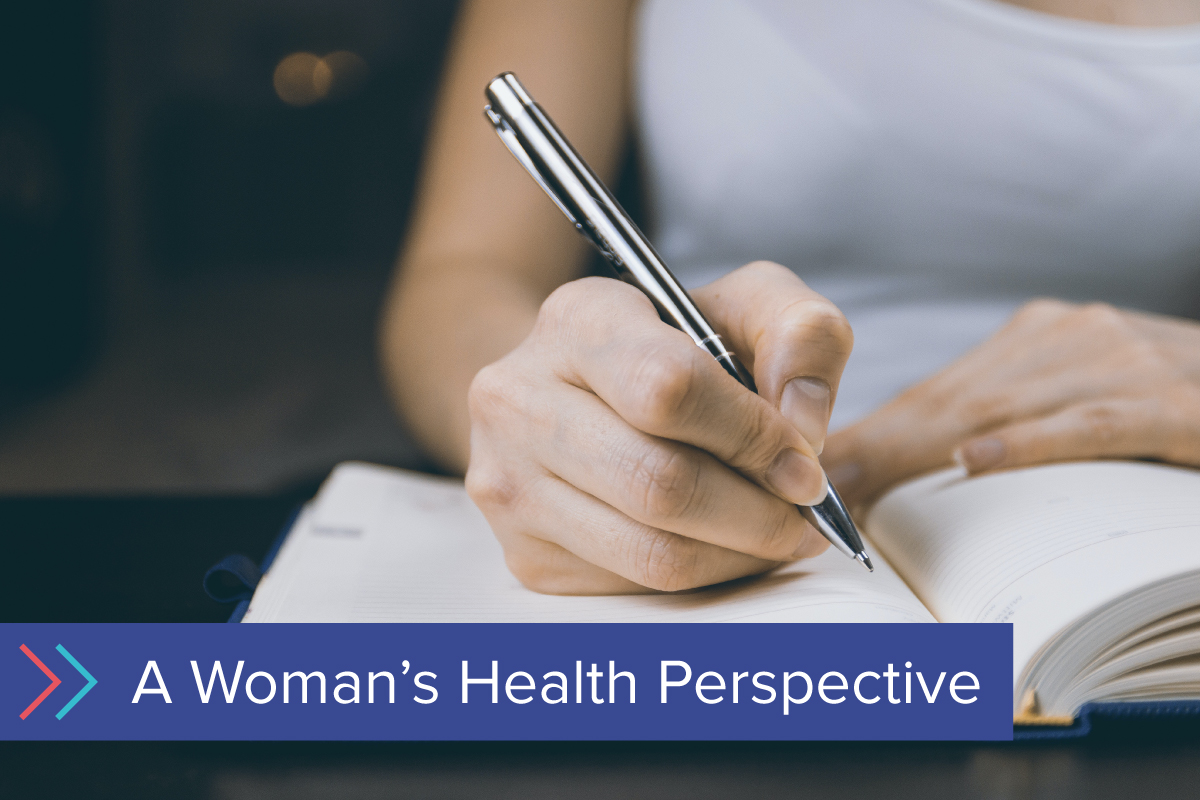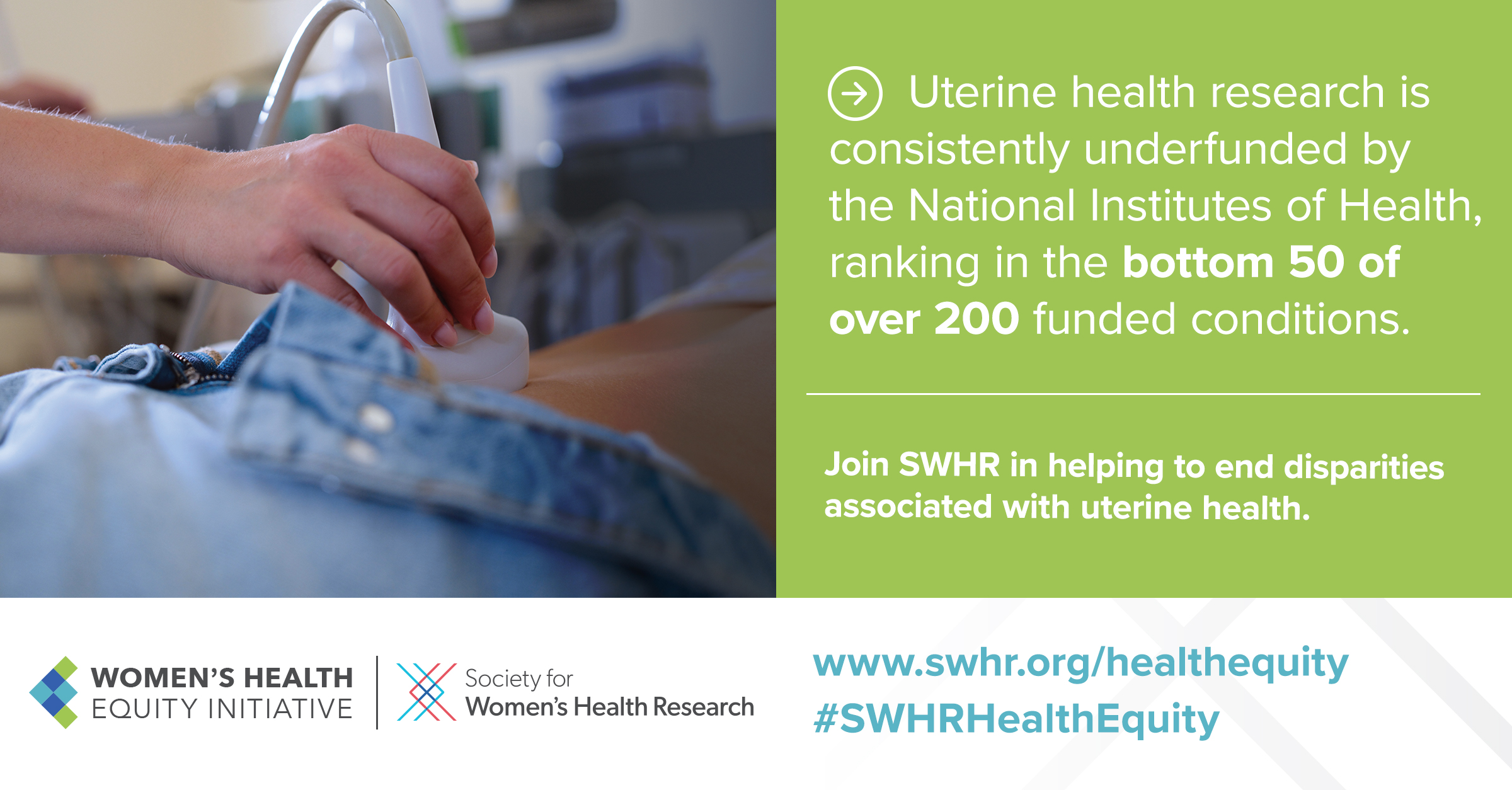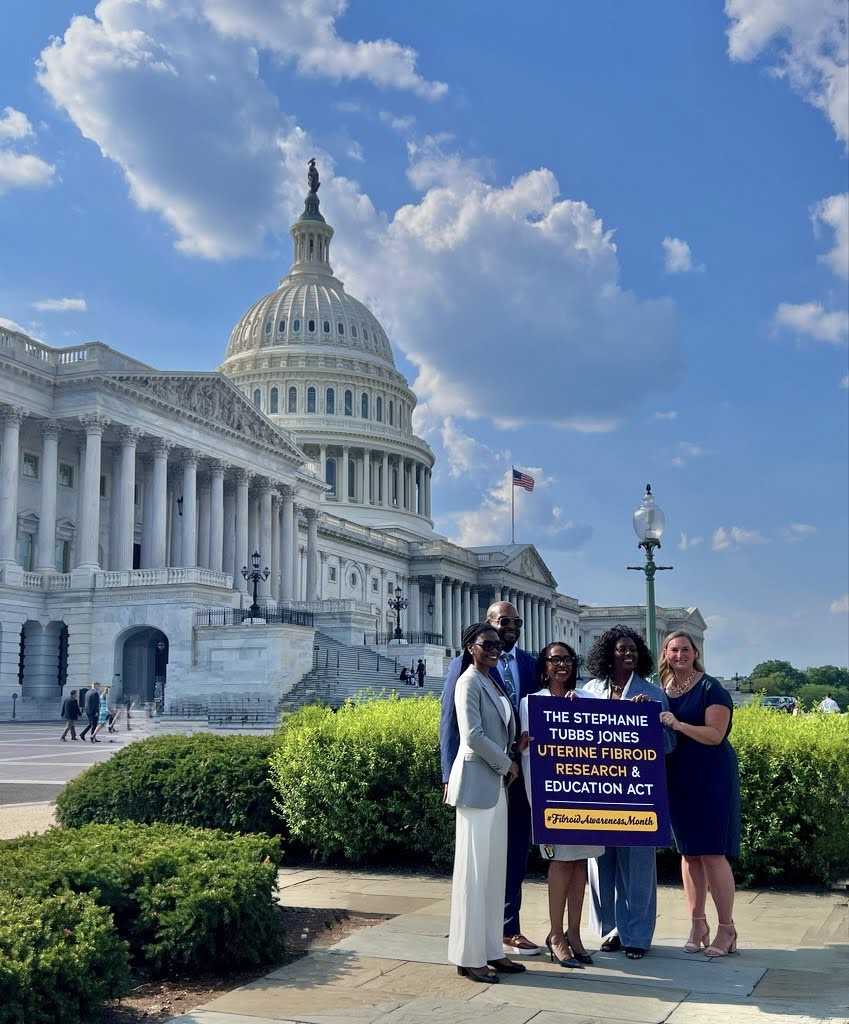While an estimated 26 million women ages 15-50 in the United States have uterine fibroids, these statistics about fibroids are often underestimated.
Uterine fibroids (leiomyomas) are tumors made of smooth muscle and fibrous connective tissue that arise from the uterus and are one of the most common gynecological conditions nationwide.
Fibroids can develop in any girl or woman after the onset of her menstrual cycle. Although fibroids are most commonly diagnosed in individuals in their 30s and 40s, they can occur in adolescents and postmenopausal women, particularly those using hormone therapy. Fibroids tend to increase during the reproductive years and then shrink after menopause. These growths are non-malignant and are not associated with an increased risk of uterine cancer, but they can result in mild to severe side effects and can affect one’s quality of life.
SWHR’s toolkit is designed to empower individuals with uterine fibroids in navigating their care.
The toolkit provides easy-to-understand information on gynecological health, guidance on uterine fibroid diagnosis and treatment, and tips for interacting with your health care provider. The toolkit aims to facilitate productive conversations between patients and health care providers so people with uterine fibroids can get the care they need.
Download Toolkit
